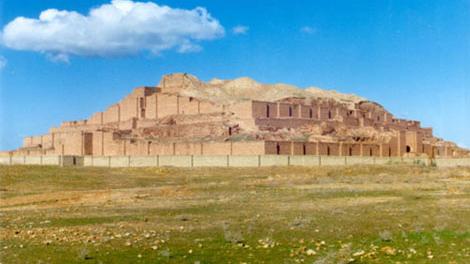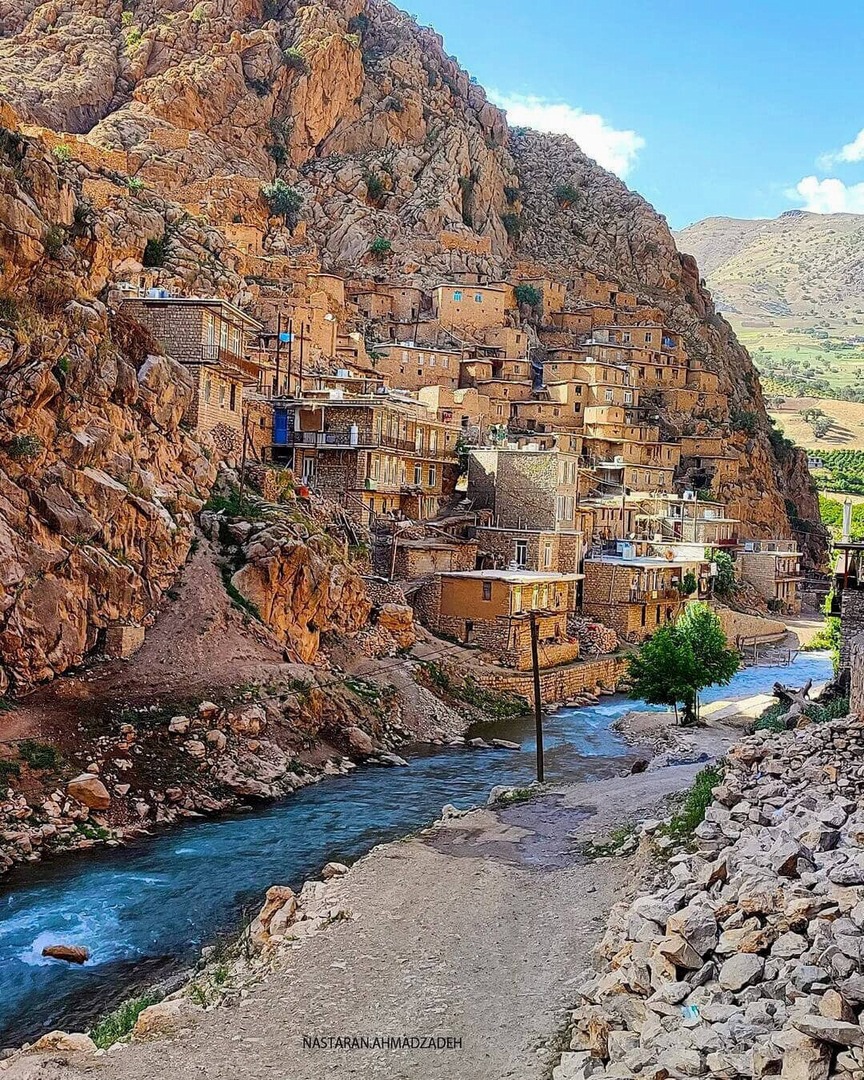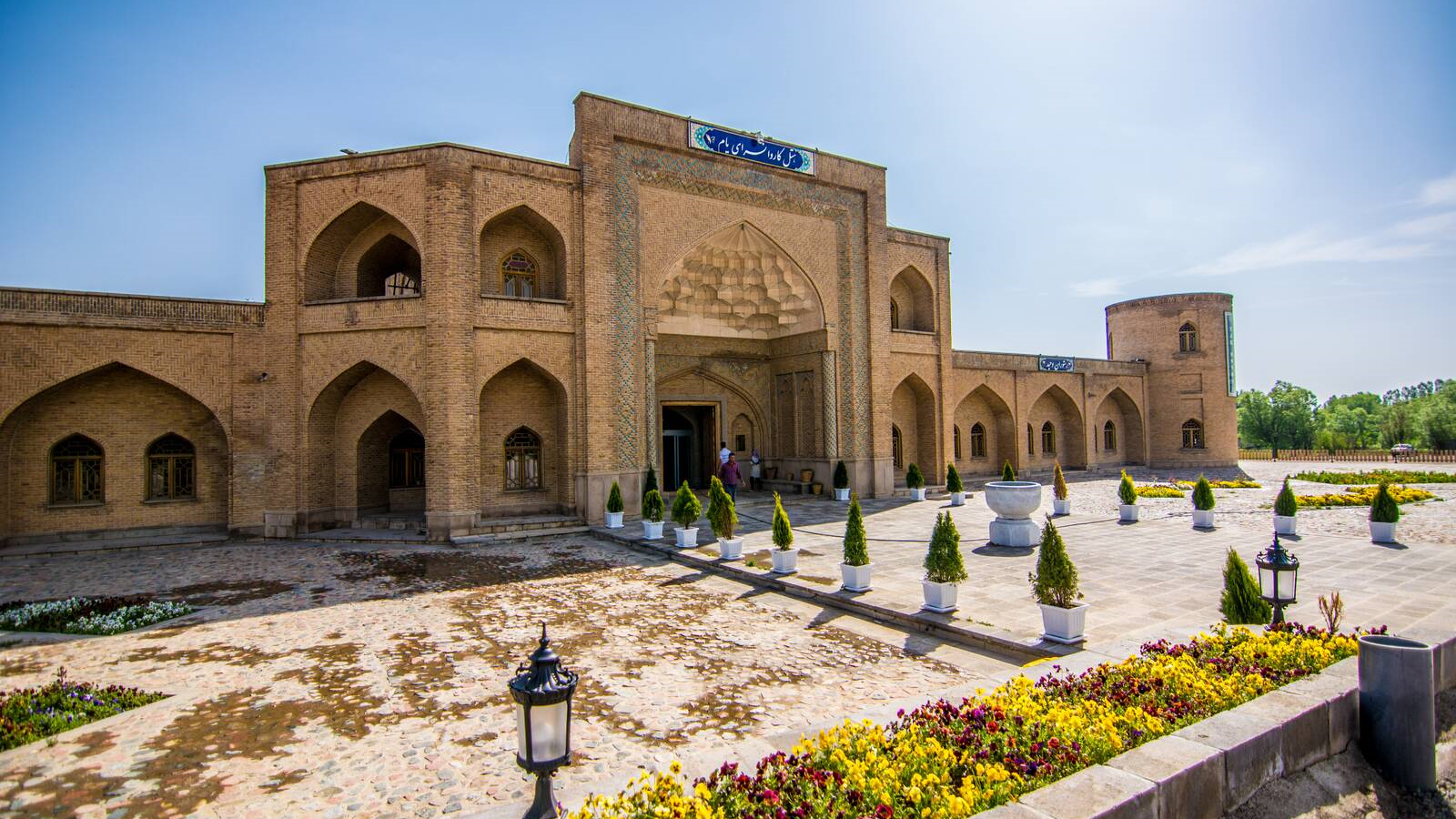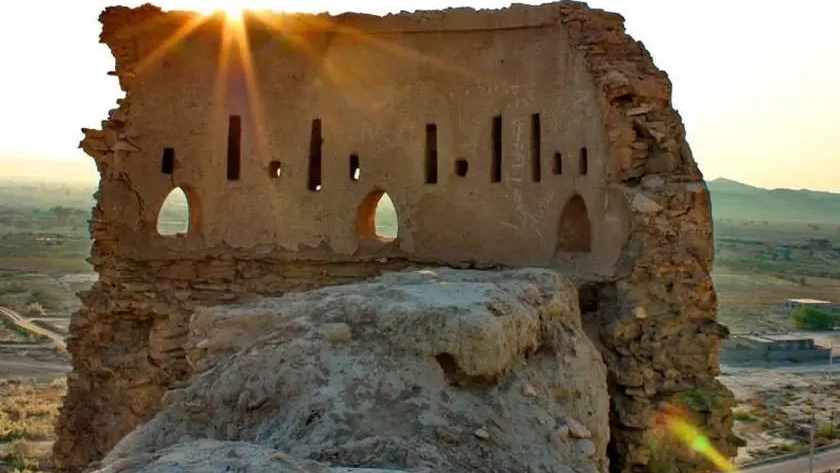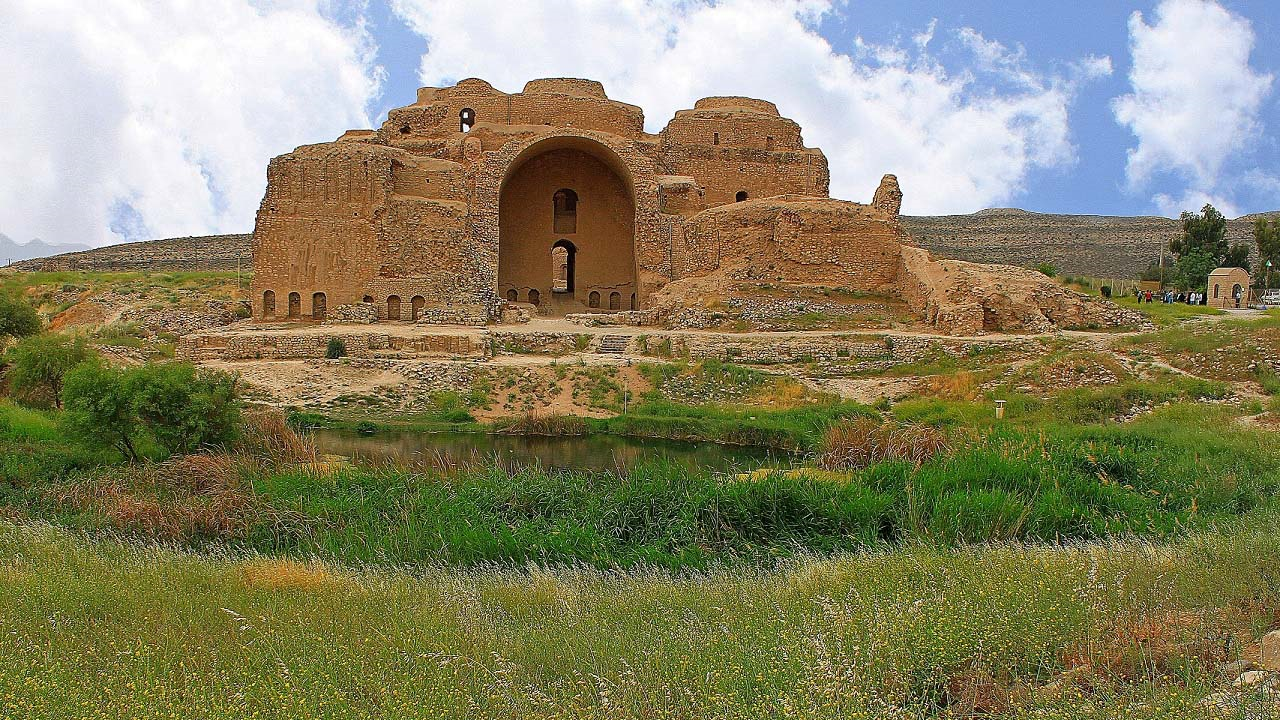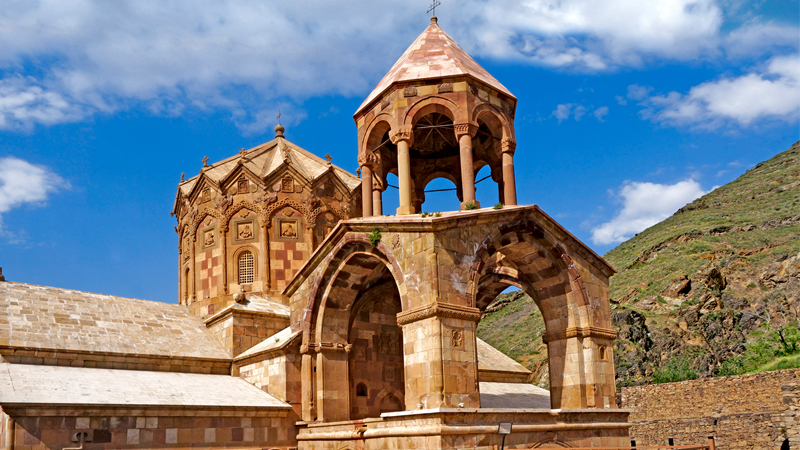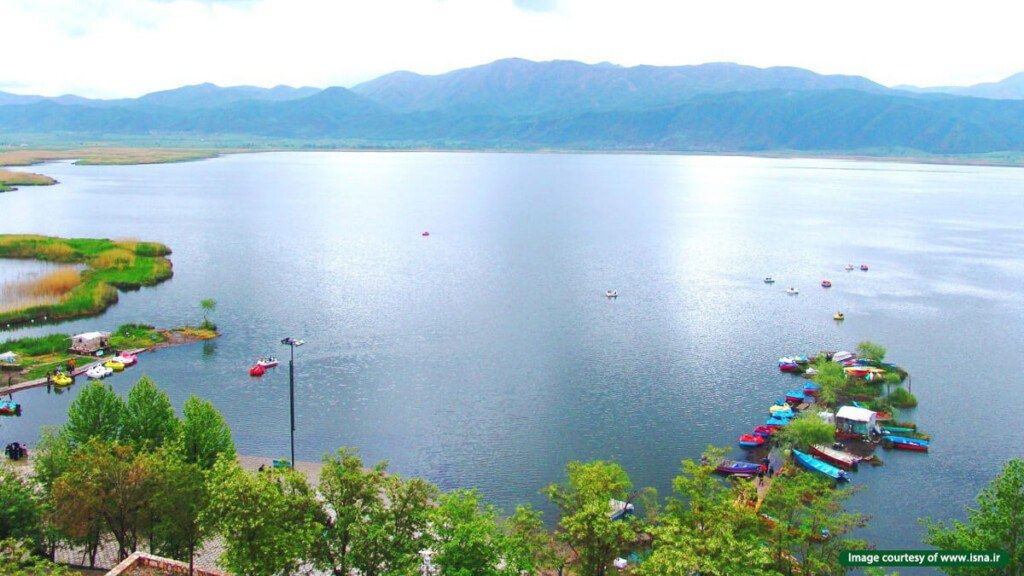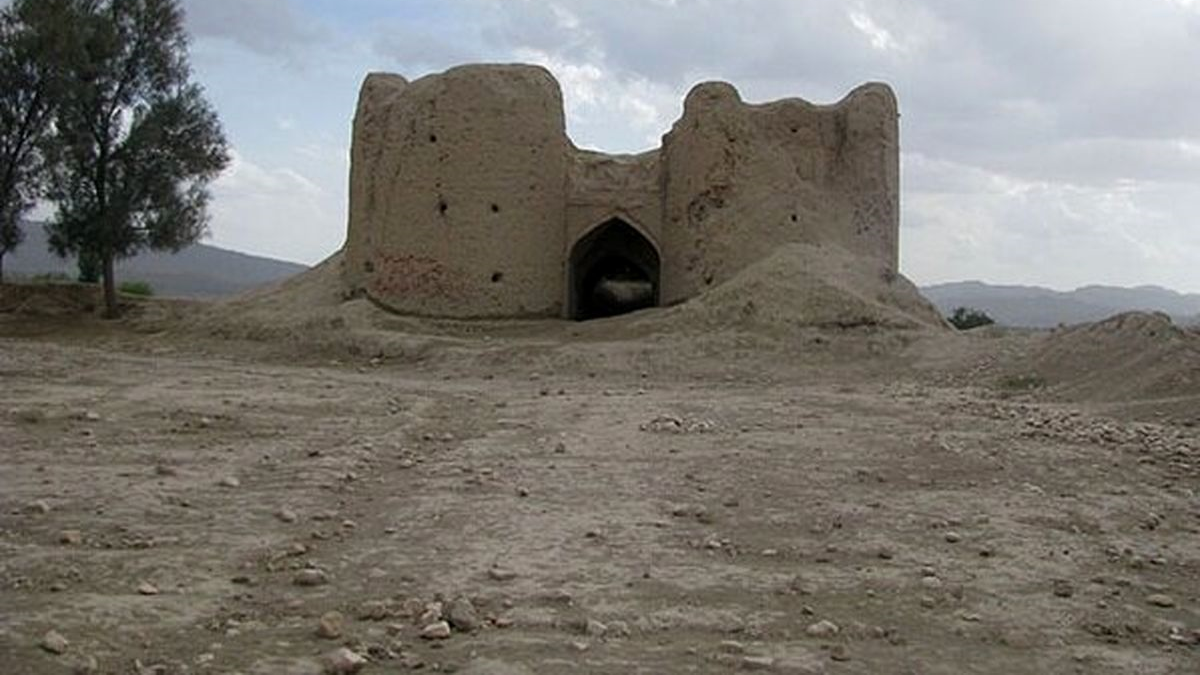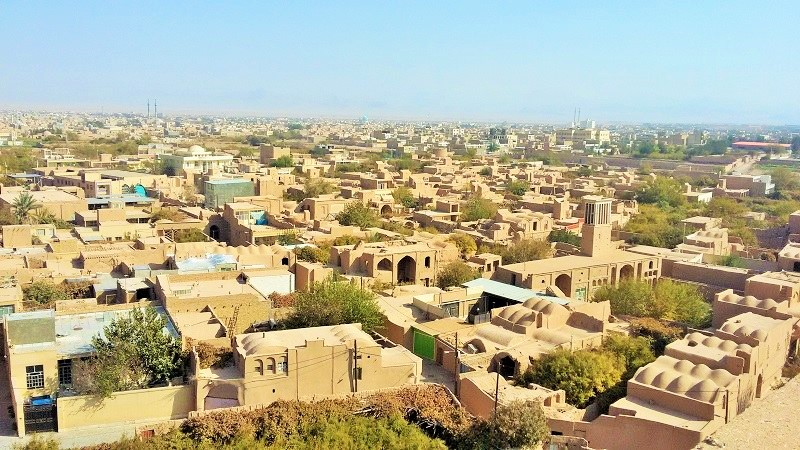
Shapur Inscription of Darab
Several wars had taken place between Iran and Rome, the two superpowers of that era with conquests for both sides. The victory of Iran over Rome and the captivity of Valerian, the Roman emperor, was one of the most important events that occurred in these conflicts. Based on this event, an inscription of Shapur I (9.1 into 4.5 meters) was created near the city of Darab in Fars province.
Roman–Persian Wars
Persia and Rome lined up against each other many times during about seven centuries (between 54 BC and 628 AD). The first confrontation between the two empires began when Crassus crossed the Euphrates River in 53 BC. In these conflicts, not only the governments of Iran and Rome but also their puppet governments confronted each other in small and large battles.
One of the interesting points about these wars was that the borders of the two empires remained unchanged during most of their conflict. The two emperors had been so weakened by these confrontations that at the time of the advent of Islam Iran easily surrendered to the Muslims.
Valerian’s Battle with Sassanid Shapur
One of the most important battles between Rome and Iran was Valerian's war with the Sasanian king, Shapur I, which took place in 260 AD. In this war, the Sassanid king managed to take Valerian and some of his senators and soldiers as captives. In honor of this victory, a relief was created by his order to tell the story of this great victory.
Shapur was so pleased with this victory that he mentioned it in several inscriptions, including the inscription of Cube of Zoroaster, in which Shapur claimed that Valerian and his soldiers were captured by his own hands. There are other, however, some narrations in Roman sources that claim that Valerian was taken captive due to rebellion on the part of Roman soldiers or while negotiating for making heavy compensation in return for a peace treaty.
It is said that the old bridge or Dejpol in the city of Dezful was built using Valerian and Roman prisoners of war as laborers. This bridge is the most important historical work of Dezful, which connects the two eastern and western regions of Dezful. The old bridge of Dezful had connected the Jundishapur region and Mesopotamia for a long time and played an important role in inter-regional communication.
Shapur Inscription of Darab’s Narration of the Victory over Romans
This inscription was created immediately after his victory over Valerian and the Romans. Shapur was about 63 years old when he achieved this victory.
This relief shows Shapur I riding on a horse and the Roman emperors and commanders standing in front of him. In this petroglyph, Shapur does not wear the crown that is shown in other petroglyphs and instead wears a crown similar to the crown of his father, Ardeshir I.
The inscription also shows the body of a Roman emperor, Gordian III, who had been killed on the bank of the Euphrates, at the foot of Shapur’s horse.
On the left side of Shapur is Philip the Arab, who paid half a million dinars after the death of Gordian and bought peace from Shapur! Philip the Arab was the Roman emperor between 244 and 249 AD and signed a peace treaty with Iran in 244 AD.
The third emperor inscribed in this petroglyph is Valerian, who was taken captive by Shapur in the battle of Edessa in 260 AD.
Interpretations about Shapur Inscription of Darab
Historians have discussed many issues about this inscription. In reports from the early 19th century, historians have interpreted this relief to be depicting the victory of Shapur I. This theory is also accepted among later historians. Nevertheless, there is a weak possibility that this inscription reflects the victory of Ardeshir I over the Romans.
This historical inscription was inscribed on the list of Iran’s cultural heritage in 1937.
| Name | Shapur Inscription of Darab |
| Country | Iran |
| State | Fars |
| City | Darab |
| Type | Historical |
| Registration | National |


Choose blindless
Red blindless Green blindless Blue blindless Red hard to see Green hard to see Blue hard to see Monochrome Special MonochromeFont size change:
Change word spacing:
Change line height:
Change mouse type:

